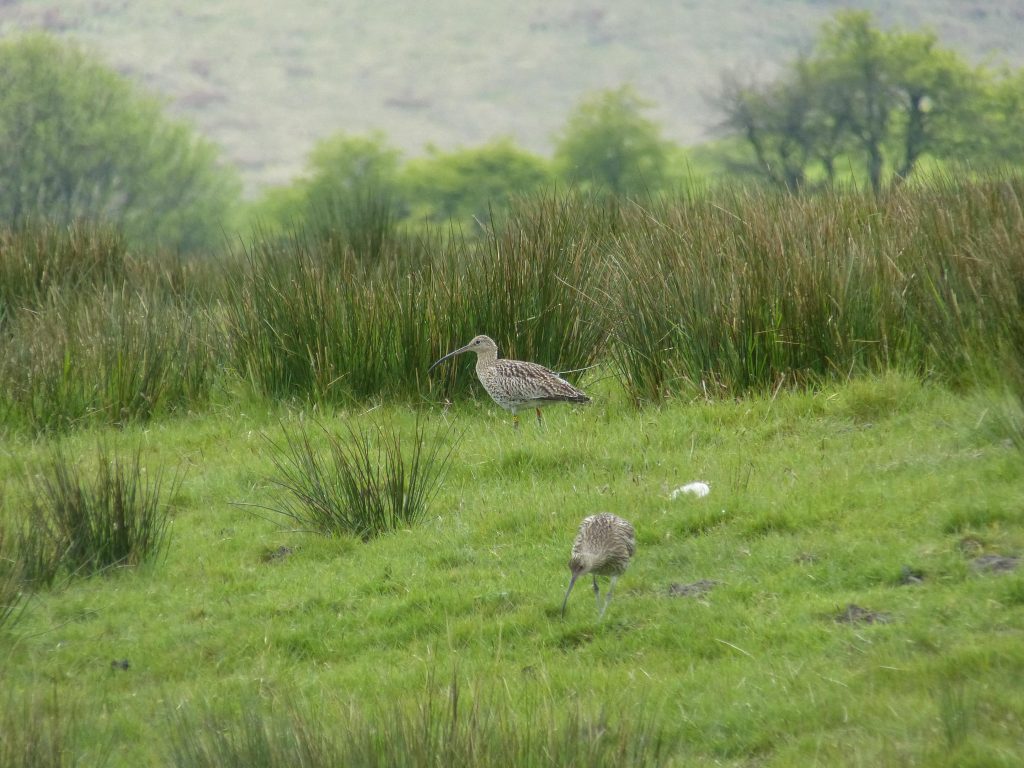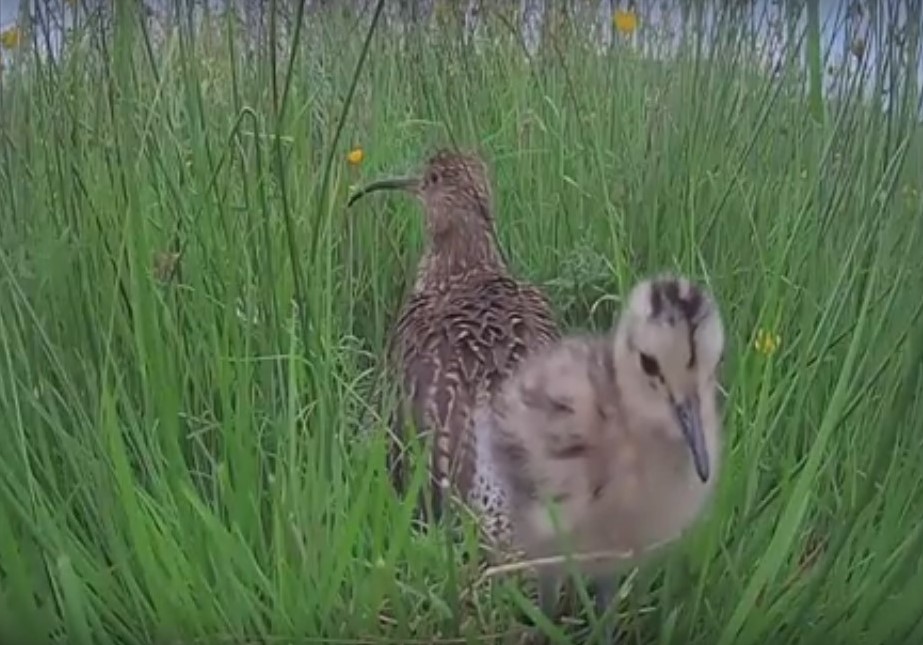Day 19
Last year to celebrate the visit to the local study area of Mary Colwell Hector, Curlew ‘ambassador’, a range of arts activities were initiated. Writing and sculpture workshops were held and a curlew choir was formed. Not only was awareness raised about the plight of the curlew among audiences old and new, but funds […]












